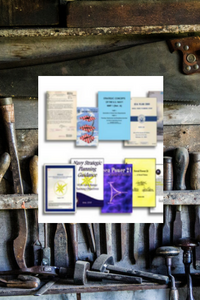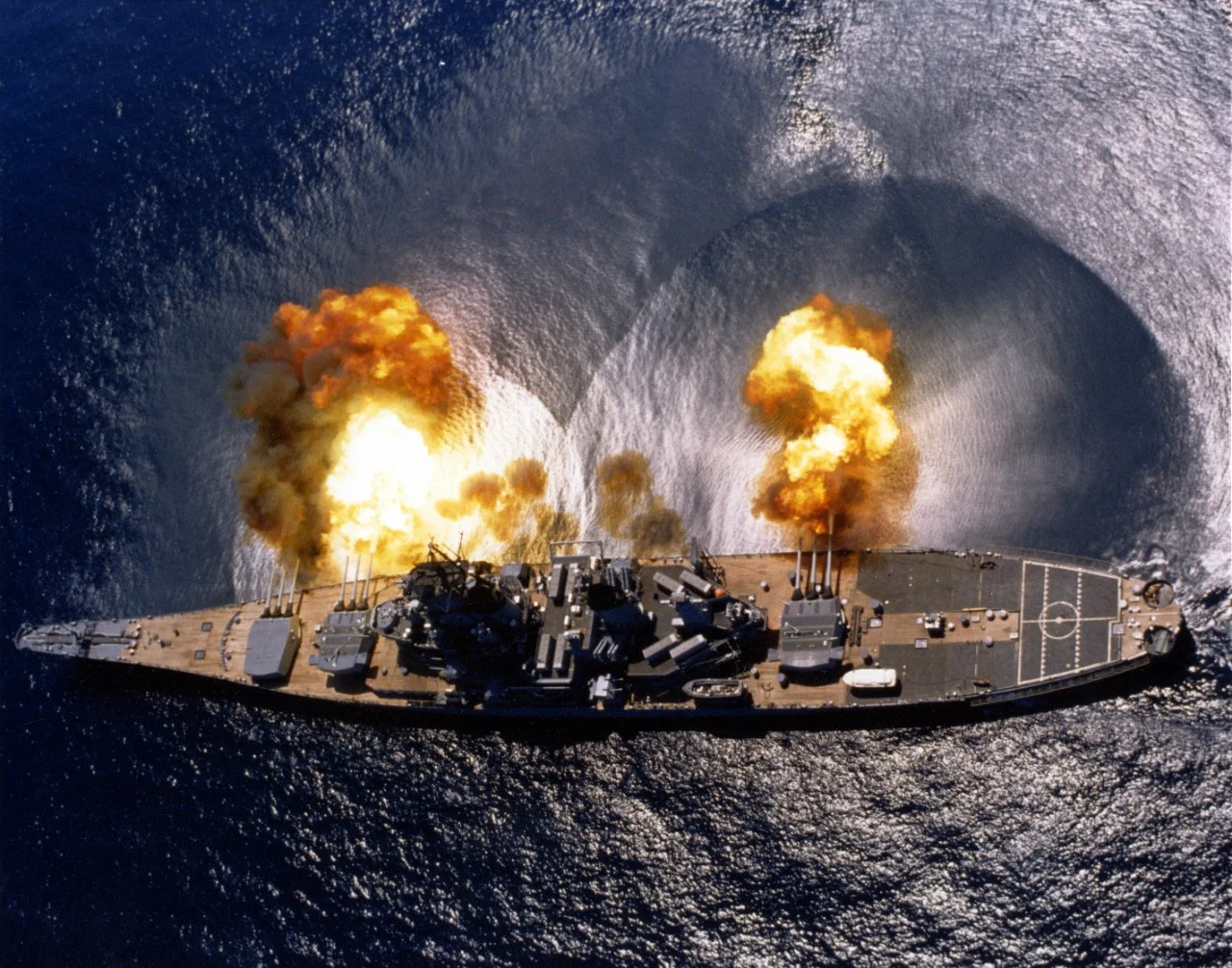War is hard: 8 industrial lessons from WWII Congress and the military should remember
Outright war between two major industrial powers has (thankfully) yet to happen in the 21st century.
There are many indications that it wouldn’t be good for anybody. The RAND Corporation recently put out a report saying as much.
War with China: Thinking Through the Unthinkable | RAND
Premeditated war between the United States and China is very unlikely. But the danger that a mishandled crisis could trigger hostilities cannot be ignored. A new analysis illuminates various paths a war could take and their possible effects.
Industrial state-on state-warfare is a very complicated affair. Fortunately, many of the lessons learned by the US in World War II were documented. Unfortunately, many have been forgotten.
Today’s lessons are taken from a speech given in May of 1950 at the Naval War College by Rear Admiral XX Ring, at that time Director for Military Supply, Munitions Board. In his speech, Admiral Ring discussed the role of the Munitions Board and how it was supposed to play in National Strategy.
The Munitions Board was established as part of the National Security Act of 1947 to help manage wartime logistics. Through a variety of organizational changes, over the next three decades, it eventually evolved into what is today the Defense Logistics Agency, or DLA.
The full text of Admiral Ring’s speech is available in the June 1950 issue of the US Naval War College’s Information Service for Officers, later the Naval War College Review, beginning on page 17.
The Lessons
#1: The US does not have the same industrial capacity it once did. Period.
But our greatest advantage, and it proved to be sufficient to swing victory to our side, was American industry and its ability to mass-produce the goods of war in a volume that almost defies comprehension.
In addition to millions of other items, large and small, we turned out during the war nearly 300,000 airplanes, 87,000 tanks, 80,000 landing craft,
17 million rifles, 2.5 million trucks, and 4.5 million tons of artillery shells.
#2: Don’t underestimate a huge industrial power.
They [the Axis powers] had not dreamed-nobody had ever dreamed-that such a mighty arsenal could be developed so fast. When our President, shortly after we were attacked, announced America’s intention to produce immediately these vast quantities of munitions and other machinery of war, the laughs and jeers of German leaders rang throughout the world. They had good reason to laugh. They were industrial experts and they had spent many years building up their war machine.
#3: You go to war with what you have, not what you want.
Some of the darkest days in the history of this country followed Pearl Harbor. What armed forces we had were meagerly armed and equipped. Our troops went bravely into the first bitter campaigns with far less in the way of modern arms and equipment than we knew they should have. Some of the darkest days in the history of this country followed Pearl Harbor. What armed forces we had were meagerly armed and equipped. Our troops went bravely into the first bitter campaigns with far less in the way of modern arms and equipment than we knew they should have. Better things were on the way; they just weren’t ready yet; and the war couldn’t wait for them.
#4 We won’t have the same time to prepare for war, ever again.
We came closer than many people realize to losing the war because we were late-perilously late-in converting our industry to war production. Donald Nelson, the Chairman of the War Production Board, expressed the considered opinion that we would have been beaten before we got started had our country bordered on Germany. It would have been the greatest irony in history had this catastrophe befallen a nation whose potential strength and industrial output, when finally geared to the production of war goods, exceeded by far any similar effort in the history of man. were on the way; they just weren’t ready yet; and the war couldn’t wait for them.
The unhappy fact is that we can never again expect to have the breaks we had in World War II. Our salvation then was time — two years of general preparation before we were attacked, and another year of protection by our Allies after we were attacked, before we began to throw our full weight into the fight. But we will never have all of those advantages again. And this means that we must ourselves maintain such a military posture-and help our friends to maintain such a military posture-that any aggressor would be discouraged from attacking us or any of our friends.
#5 Industry collaboration is essential.
(1) Locate now the manufacturing capacity that will be required for wartime production of essential supplies and equipment, and
(2) Develop specific and realistic production schedules that can be converted into production contracts in time of mobilization.
It should be noted here that Industry’s participation in the Production Allocation Program, while vital to its success, is entirely voluntary. No production preparedness plans requiring the participation of management will be effected without management’s consent and cooperation.
#6 Don’t forget about raw materials.
I have discussed two important factors in production-industrial plants and equipment. A third factor is production materials. One of the most important programs to the Nation is the stockpiling of strategic and critical materials that will not be available in sufficient quantities in time of war.
#7 Coordination with NATO on defense spending has always been a challenge.
Now let me turn for a few moments to current international affairs. In this respect, I wish to discuss, in very broad terms, the industrial capabilities for war of the North Atlantic Treaty nations. Plans have not yet progressed sufficiently between the United States and the various allied foreign governments to determine their combined industrial capabilities for war. The Munitions Board, however, does have responsibilities in connection with the Military Production and Supply Board of the North Atlantic Treaty Organization.
#8 Think holistically.
Our objective is to prepare industrial plans that will give America maximum security without militarizing our Nation or bankrupting our economy. Each procedure we adopt and every plan we develop are designed to buy time and to make it possible for us to mobilize our industrial potential rapidly and effectively in time of war. The participation of industry in the early stages of our planning will insure industry’s understanding and cooperation in the event of an emergency.
Prologue
The functions of the Munitions Board and the National Resources Board, established in 1947 to prepare for and manage the mobilization of the United States industrial complex in future wars, gradually were diluted and distributed across government in the 1950s and onwards. As wars and conflicts over the ensuing decades revolved around counter-insurgency (Vietnam, Afghanistan, Post-Sadam Iraq) or were of short duration (Gulf War, Iraq II), mobilization on a national scale drifted out of the national consciousness. Its worth not losing the memory completely, just in case.








